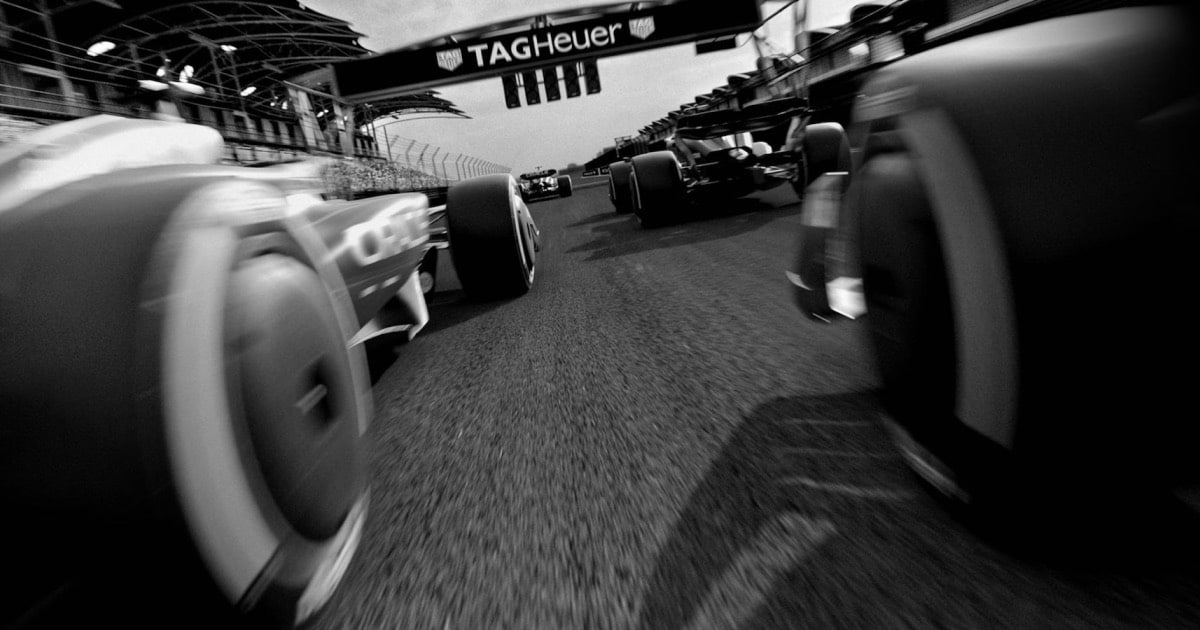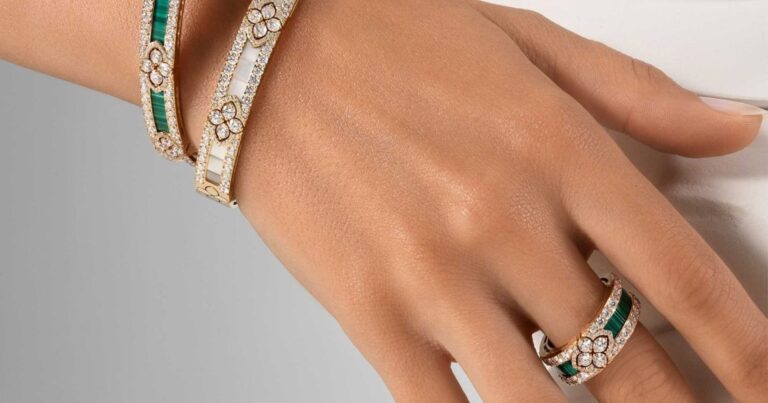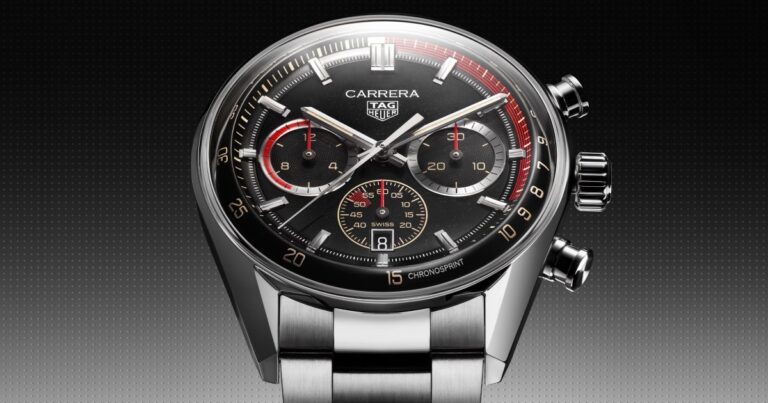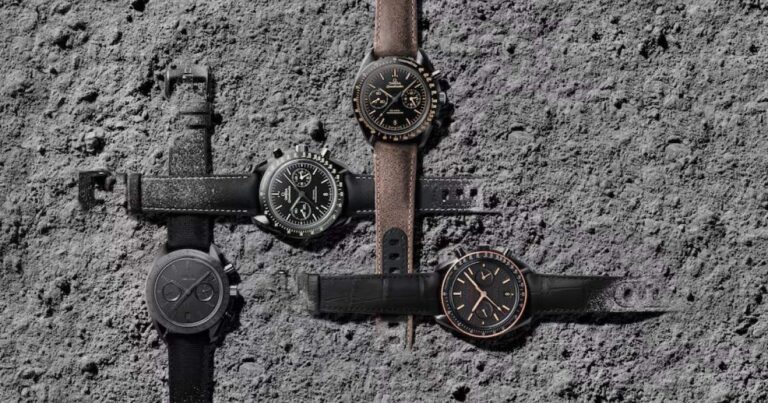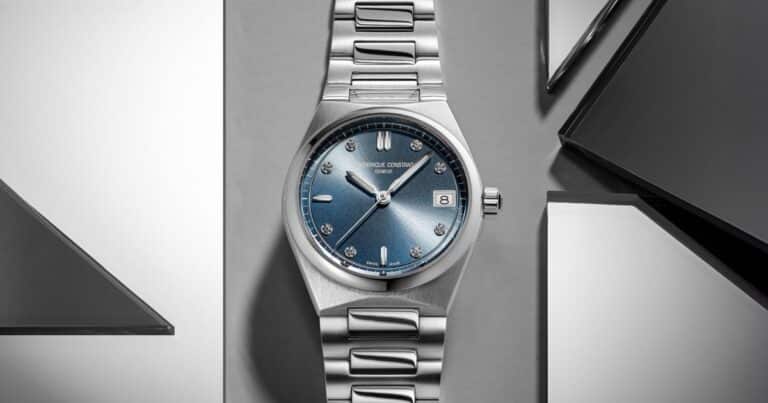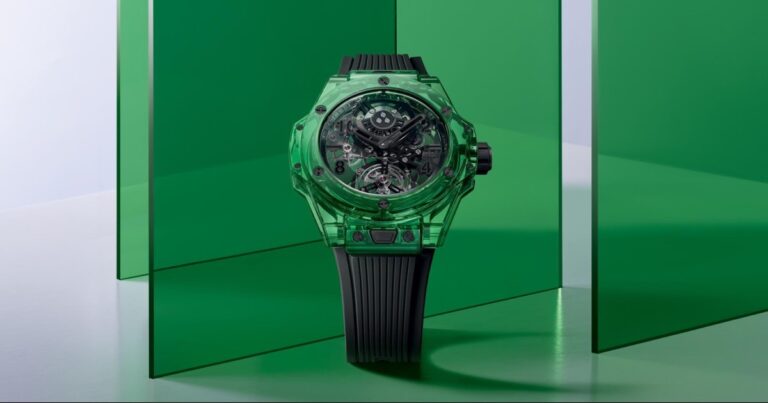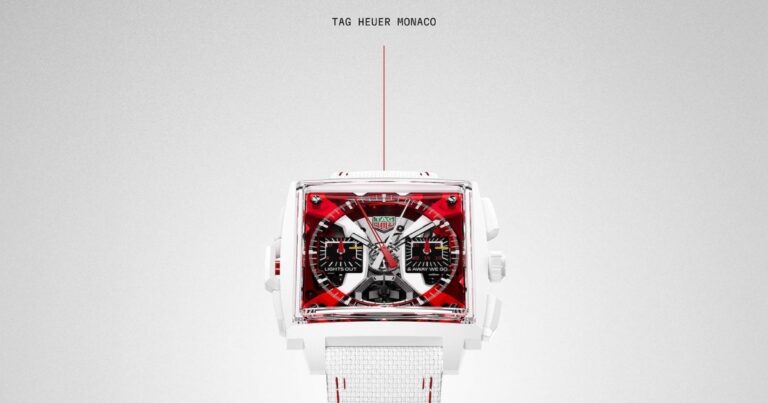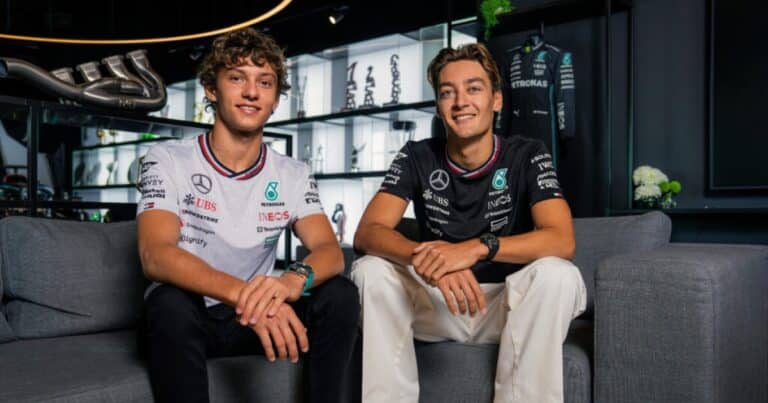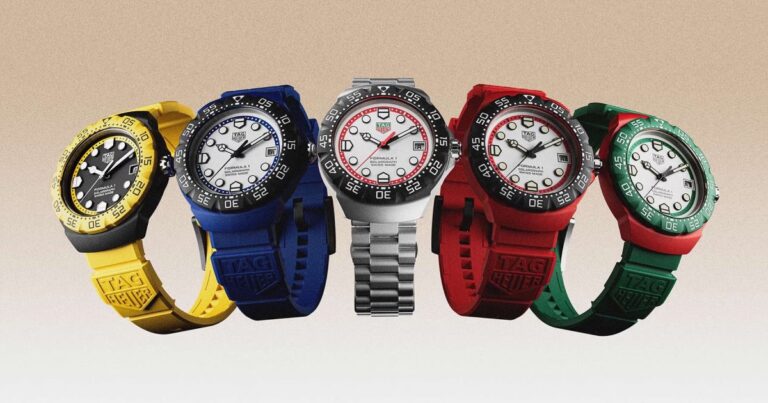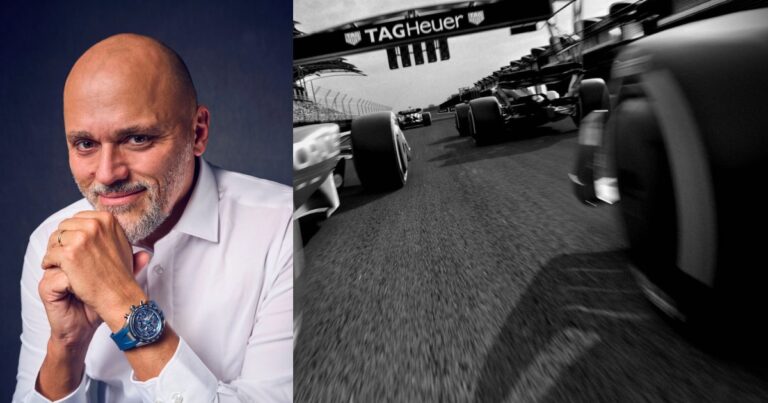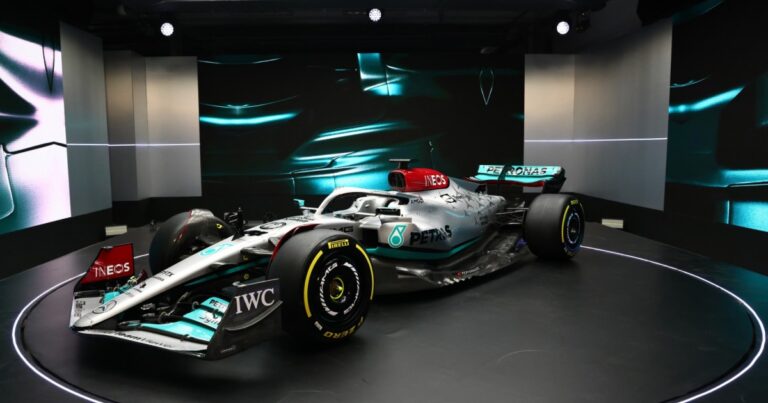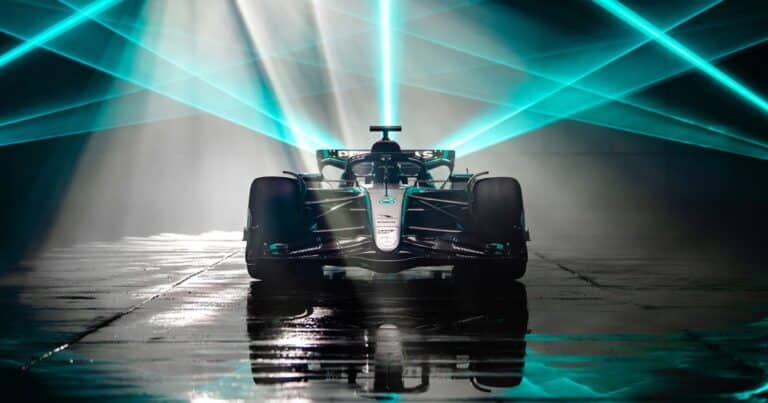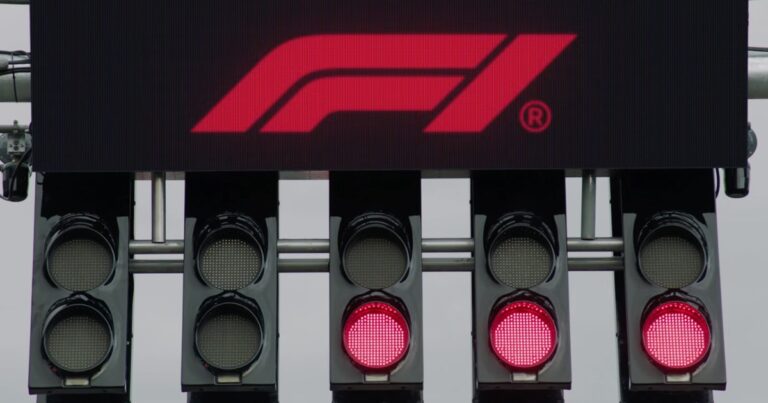TAG Heuer’s connection to Formula 1 didn’t begin in 2025. It began decades earlier, long before timing graphics appeared on screens or chronographs became collector icons. From the late 1960s, Heuer (before it became TAG Heuer) was already timing laps, sponsoring teams, and building watches specifically for the racetrack.
The brand became the Official Timekeeper of Formula 1 in 1992, holding that title through more than a decade of technological progress and unforgettable championship moments. Even after stepping back from the official role in the early 2000s, TAG Heuer stayed close to the sport, partnering with top teams, supporting rising stars, and continuing to develop watches inspired by the speed and intensity of F1.
Now, more than 20 years later, TAG Heuer returns to reclaim its title as the Official Timekeeper of Formula 1. This blog explores that full journey, from the first sponsorship decals on Ferrari’s cars to the debut of modern pit lane clocks in Melbourne. It’s not just a comeback, it’s the story of how a watchmaker helped shape the way the world experiences Formula 1.
Roots in Speed (1969–1979)
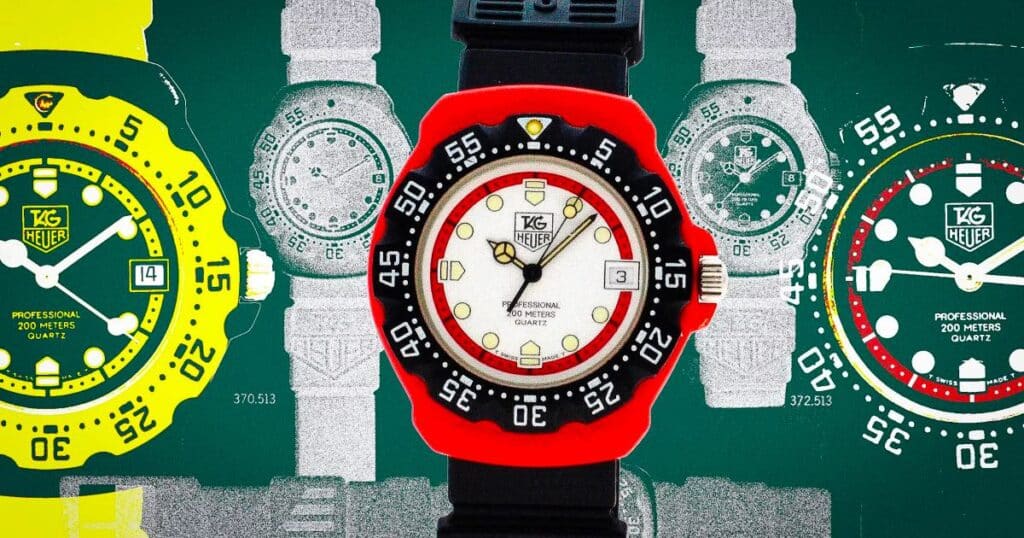
Before there was a data-driven strategy, before telemetry and sensors, there was Heuer. In 1969, Jo Siffert, the charismatic Swiss driver and Heuer ambassador, plastered the brand across his Formula 1 car, marking the first time a watchmaker appeared on the F1 grid.
That same year, the launch of the Heuer Monaco changed the game. With its square case, bold blue dial, and Calibre 11 automatic chronograph movement, it wasn’t just revolutionary. It was fast, stylish, and unmistakably motorsport.
By 1971, Heuer was officially responsible for timing laps at Ferrari’s private Fiorano test track. This partnership positioned Heuer as a trusted technical partner, directly involved in measuring and improving the performance of both car and driver.
Built for Champions (1985–2003)
The 1985 acquisition by Techniques d’Avant Garde (TAG) elevated Heuer’s racing ambitions. The result? TAG Heuer. And the brand wasted no time reclaiming the grid.
Through its legendary partnership with McLaren, TAG Heuer became part of the golden age of turbocharged dominance. Think Ayrton Senna’s aggressive brilliance, Mika Häkkinen’s raw speed, and a young Lewis Hamilton cutting his teeth.
In 1986, TAG Heuer released the first Formula 1-branded quartz watch. Durable, colorful, and unmistakably bold, it captured the essence of the sport and became an instant collector’s staple.
Then came the crown: from 1992 to 2003, TAG Heuer held the title of Official Timekeeper of Formula 1. It wasn’t just about watching the clock; it was about owning the rhythm of racing.
Pause and Pivot (2003–2016)
As Rolex took over the official timekeeper role, TAG Heuer never left the race. Behind the scenes, the brand innovated relentlessly.
This era saw the emergence of haute horlogerie movements, precision chronographs, and limited motorsport editions that honored the brand’s F1 heritage. Even without official branding on track, TAG Heuer stayed strapped to the wrists of racers, collectors, and fans worldwide.
And then, the partnership that would ignite a new chapter came roaring into view.
Red Bull Reloaded (2016–Present)
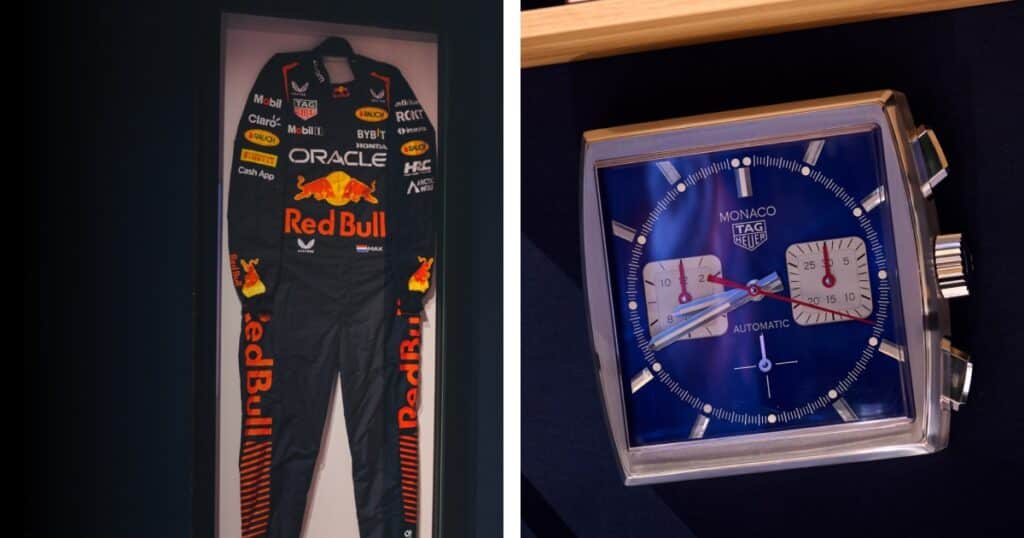
In 2016, TAG Heuer joined forces with Oracle Red Bull Racing, placing the logo not only on drivers’ suits but on the actual power unit, renaming it the TAG Heuer Power Unit. The brand was no longer just a sponsor; it was under the hood.
This era ushered in a new generation of Formula 1 fans. It coincided with the rise of Max Verstappen, whose aggressive, clinical style mirrored the spirit of TAG’s timekeeping precision. Together, they won races, titles, and hearts.
The Formula 1 Red Bull Racing Chronographs became cult favorites, with forged carbon bezels, team colorways, and bold designs built for performance and passion.
TAG Heuer wasn’t watching from the sidelines. It was embedded in the race.
The Crown Reclaimed (2025)
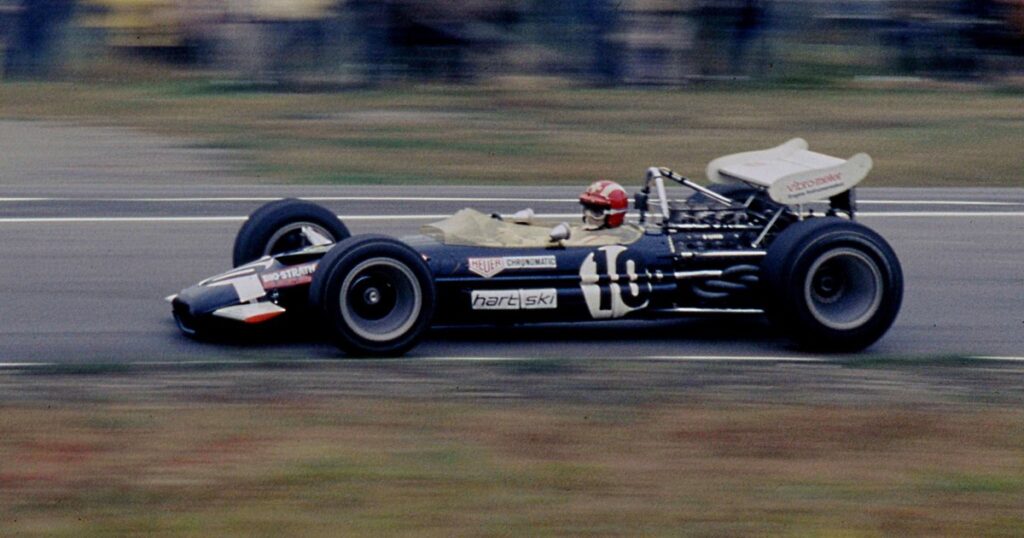
And now, the journey comes full circle.
In 2025, TAG Heuer officially reclaims the title of Official Timekeeper of Formula 1, announcing a 10-year global partnership as F1 celebrates its 75th anniversary.
At the Australian Grand Prix in Melbourne, TAG Heuer unveiled 1.2-meter LED-lit pit lane clocks featuring red fiberglass bezels and aluminum hands, a callback to 1980s racing clocks, reimagined with modern power. Rolex branding was gone. In its place: TAG Heuer, bold and undeniable.
From Fan Zones to Paddock Clubs, from bridge signage to broadcast graphics, TAG is now the visual and technical heartbeat of Formula 1.
The crown, quite literally, is back.
